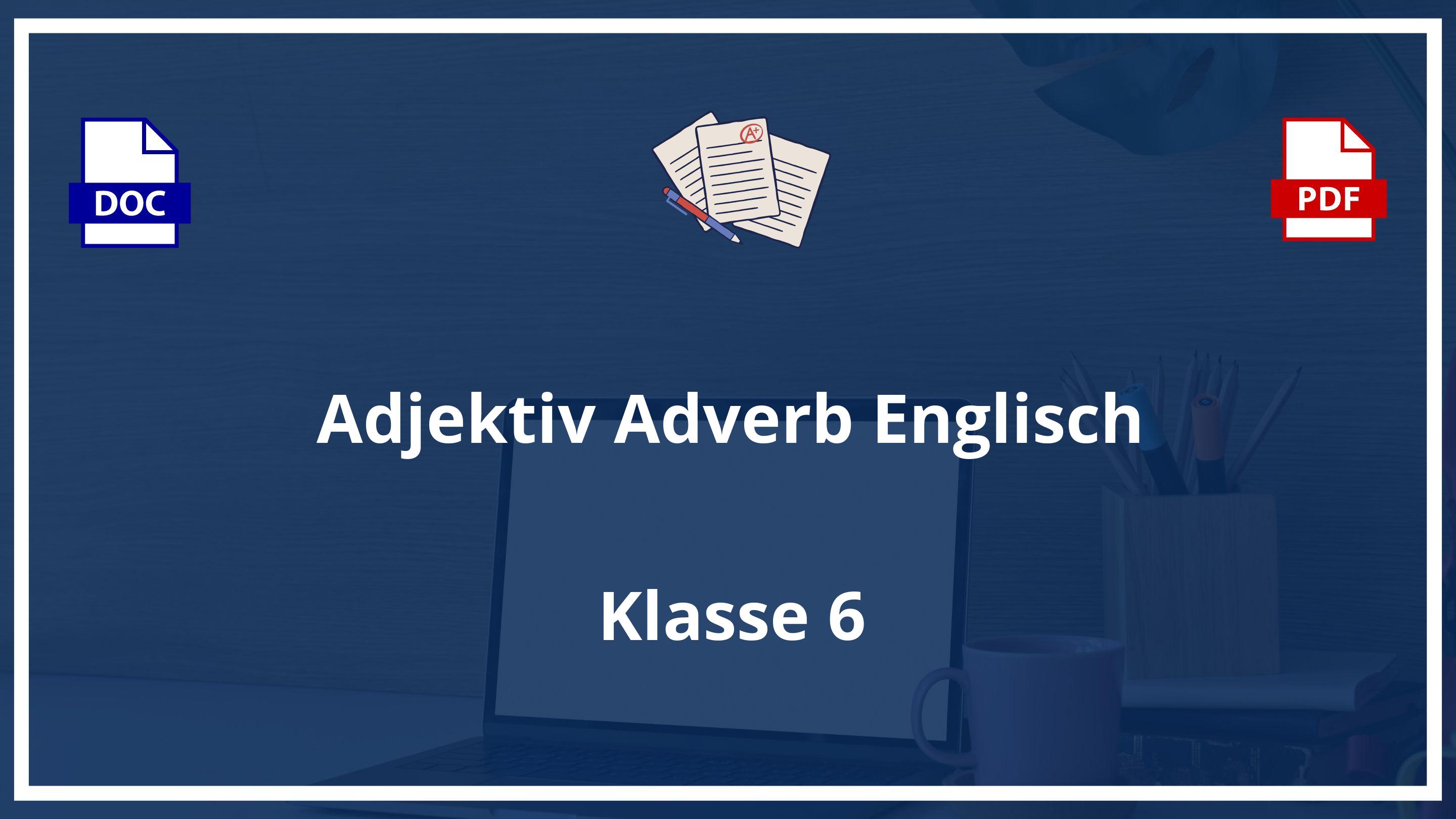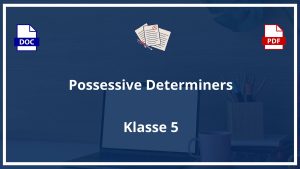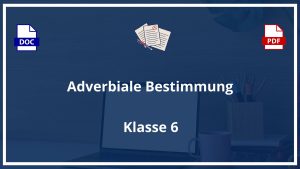
An adjective is a word that describes a noun or a pronoun. An adverb is a word that describes a verb, an adjective, or another adverb. Adjectives and adverbs are kinds of modifiers. Modifiers are words, phrases, or clauses that provide description in a sentence. They can express ideas such as time, manner, place, or degree.
Most adjectives can be used in front of a noun or after a linking verb. For example:
- After a linking verb: The food smells good. (The adjective good describes the noun food.)
- In front of a noun: I have a good book. (The adjective good describes the noun book.)
Some adjectives, such as main, right, left, and near, cannot be used after a linking verb. They can only be used in front of a noun:
- Wrong: The food smells main.
- Right: The main course smells good.
Most adverbs can be used in front of a verb or after a verb, an adjective, or another adverb. For example:
- After a verb: I drive slowly. (The adverb slowly describes the verb drive.)
- After an adjective: He is a very good driver. (The adverb very modifies the adjective good.)
- After another adverb: He drives very slowly. (The adverb very modifies the adverb slowly.)
- In front of a verb: Slowly, I drive. (The adverb slowly modifies the verb drive.)
Like adjectives, some adverbs, such as here, there, and inside, cannot be used after a linking verb. They can only be used in front of a verb:
- Wrong: The noise came suddenly there.
- Right: Suddenly, the noise came there.
Here are some other important points to remember about adjectives and adverbs:
- Adjectives don’t change form when the noun they modify is plural. For example: one car, two cars, red car, red cars
- Adjectives don’t change form when the noun they modify is a pronoun. For example: he, she, it, them, their, hers, its
- Most adverbs are created by adding -ly to an adjective, as in slow + -ly = slowly. For example: fast + -ly = fast
- Adverbs that don’t end in -ly, such as here, there, now, and then, are called flat adverbs.





